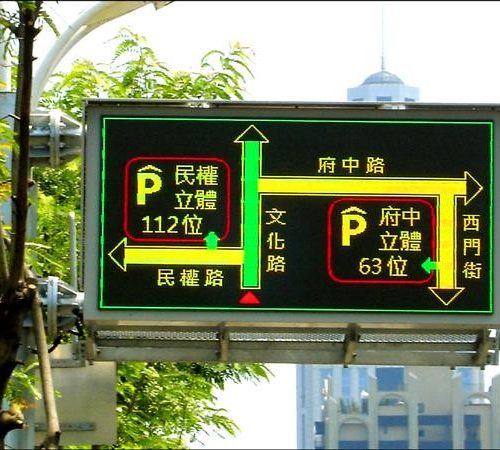From an environmental perspective, there are two key transport-related challenges that most cities are facing. The main challenge is how to cap or reduce the use of private cars and instead promote a shift towards public transport and active mobility (such as cycling or walking). The second key challenge is how to promote cleaner public and private vehicles – ideally with zero emissions.
These two challenges or policy objectives can typically be addressed with a mix of ‘carrots and sticks’. First of all, it is important to make the use of private cars less attractive, e.g. through restrictive parking policies or road user charges – but also through attitude campaigns and the pedestrianisation of selected streets. Such restrictive measures should come together with more attractive and cleaner alternatives in the form of good public transport services and active mobility solutions facilitating cycling and walking in the city.
Secondly, cleaner vehicles can be encouraged through restrictive regulation of private vehicles and through a deliberate shift to cleaner public transport services. Electrification of both private and public transportation may be a further step in this direction, which can be promoted by public investments, better charging infrastructure, as well as access rights, parking policies and pricing incentives in favour of electric vehicles.
Urban mobility is an integrated part of the city structures and requires vast areas of scarce public space for roads, pavements, stations and parking facilities. Therefore, careful considerations of land use and wider urban development objectives are important. For instance, one way of freeing up limited public space is to relocate on-street parking to off-street facilities. This can partly be provided by private developers and also integrated into planning permits for large real-estate projects. Further, urban planning can favour more compact cities or mixed-use land planning (where citizens may live, work, shop and leisure in the same neighbourhood). This will have a material impact on mobility patterns in the city. Finally, the transport sector is instrumental in making a city inclusive with good access to economic and social opportunities for all its citizens. Therefore, more than any other sector, urban transport must be closely coordinated and supported by multiple policy initiatives outside the narrow sense of the transport sector.
The abovementioned considerations and relevant policy instruments are further explored and illustrated in this section for urban transport and mobility.
















